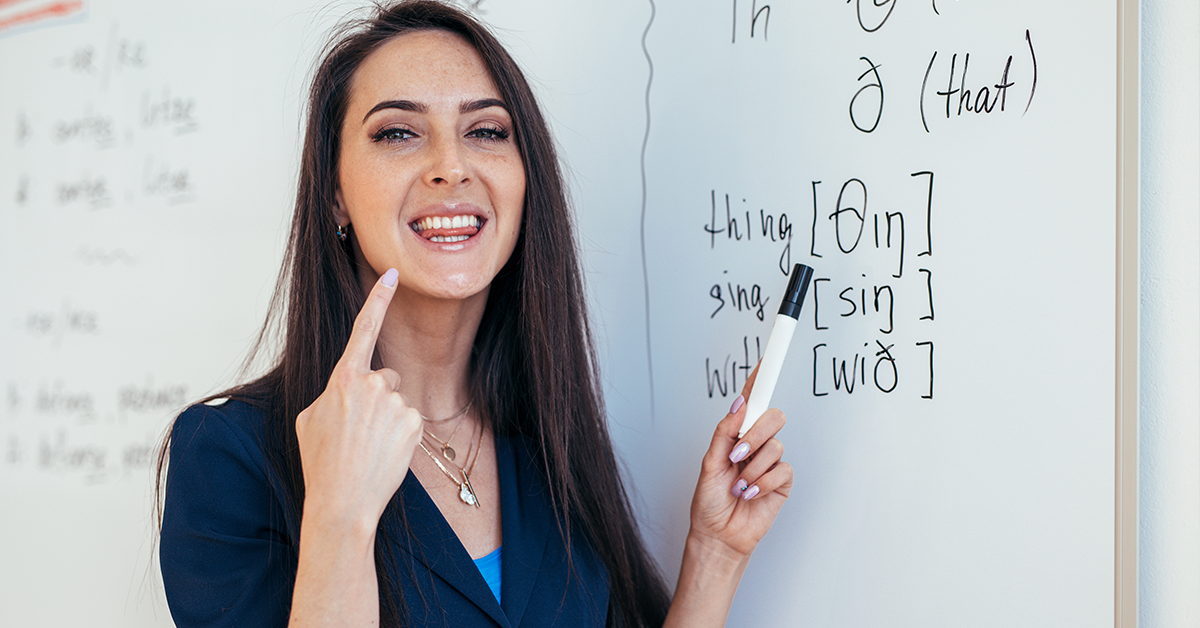
We use speech to express our emotions, convey our thoughts and ideas, and communicate. As humans, we thrive on building connections with each other and cannot establish any social relationship without clear speech and communication.
This article aims to explain speech therapy and the role it plays in managing and treating speech disorders. Keep reading to find out more about the varying formats of speech therapy for toddlers and adults, its efficacy, and the recommended duration of treatment.
What is Speech Therapy?
Speech therapy is the treatment of speech disorders that may have developed in childhood, such as developmental disabilities oar structural abnormalities. They may also develop in adulthood due to neurological illnesses, strokes, muscular paralysis, and brain injuries.
A speech-language pathologist (SLP), also known as a speech therapist, provides treatment for individuals suffering from speech disorders. They are health professionals trained to deal with a variety of language, speech, and swallowing disorders.
Who Needs Speech Therapy?
Speech therapy can treat a variety of speech and language disorders such as:
Fluency Disorders
Fluency disorders affect the speed and rhythm of speech, for example, cluttering and stuttering. A person with cluttering speaks very fast, and speech becomes incomprehensible. In comparison, a person with stuttering has difficulty making certain sounds or has blocked and repetitive speech.
Articulation Disorders
People with an articulation disorder have difficulty producing sounds that involve coordinated movements of the tongue, lips, and teeth suffer from articulation disorders. As a result, they often mispronounce words and have a problem making certain sounds. For example, they may pronounce “this” as “thith.”
Resonance Disorders
Obstruction to the airflow through a person’s mouth or nasal cavities causes resonance disorders. They are associated with swollen tonsils, cleft palates, and neurological illnesses.
Expressive Disorders
Expressive disorders are associated with difficulty in forming proper sentences and using the correct tenses. Thus, the individual cannot express or convey information properly. Expressive disorders occur in Down’s syndrome and head traumas.
Receptive Disorders
The trouble with responding, understanding, and processing others’ language is a part of receptive disorders. They occur in individuals who have autism, hearing loss, or head injuries. Receptive disorders make it seem like the person is uninterested when others communicate or have a limited vocabulary.
Dysarthria
Dysarthria is characterized by slurred speech due to a lack of muscle control. It may be caused by facial paralysis, multiple sclerosis (MS), stroke, and amyotrophic lateral sclerosis (ALS).
Aphasia
Aphasia is a communication disorder caused by stroke or other brain disorders. It affects an individual’s ability to speak, communicate, read and write.
Cognitive-communication Disorders
Issues with communicating due to brain injury that affects cognition make up cognitive-communication disorders. These may result in memory loss and problems in speaking and listening.
Speech Therapy for Toddlers
Children may require speech therapy for several reasons. Generally speaking, speech therapy for toddlers focuses on hearing impairments, oral muscles, fluency disorders, swallowing troubles, cleft palate, etc. Experts recommend they start speech therapy as early as possible to establish their learning patterns accordingly. Starting late is not disadvantageous in any way, but children may struggle to change their learning patterns later on.
Speech therapy for toddlers may include small classroom settings or one-on-one interaction with the SLP. This may also vary according to the type of disorder and severity of the issue. Here are a few examples of therapeutic exercises commonly employed by SLPs with children:
Articulation Therapy
The SLP closely interacts with the child to help with pronunciation difficulties. They may model the correct sounds and syllables for the child in play activities, which are set according to their age and requirements. The SLP shows the child how to make the correct sounds and may also demonstrate how to use their tongue and lips to achieve that objective.
Language Activities
Language activities are also a form of speech therapy. The SLP uses books, pictures, objects, and play to encourage the child’s language development. In addition, SLPs use repetition exercises and show the child how to use proper grammar and vocabulary to enhance their language skills.
Feeding and Swallowing Therapy
Through different oral exercises aimed at strengthening the jaw, lip, and tongue muscles, SLPs can help counter the child’s eating, drinking, and swallowing issues. They also introduce different food textures to increase the child’s oral awareness while eating.
Other Exercises
SLPs also use facial massages and other exercises of the lips, mouth, jaw, and tongue to strengthen these muscles for effective speech and communication.
Speech Therapy for Adults
Adult speech therapy is different from speech therapy for toddlers because it must address speech disorders acquired later on in life, either through illness or traumatic injury. Therefore, the initial step is to assess the patient’s condition and decide the most suitable therapy for their needs. In general, adult speech therapy exercises are aimed at rehabilitating cognitive communication, language, and speech. It may also address challenges in swallowing or eating after conditions such as oral cancer or Parkinson’s disease.
Primarily, SLPs will employ the following activities with adults:
- Mouth Exercises
Various exercises and facial massages strengthen oral muscles, necessary to improve communication.
- Breathing Exercises
Breathing exercises are used to work on resonance issues. These help increase airflow to the mouth and nasal cavities to combat this problem.
- Communication
SLPs work on social communication through different conversational tactics, memory activities, and problem-solving exercises.
How Effective Is It?
Speech therapy’s effectiveness is contingent on many factors. The most important ones are the age and type of disorder. Moreover, the patient’s willpower and determination play a significant role in therapy. When it comes to children, the younger they start, the more remarkable the improvement. Moreover, practicing at home in the presence of a parent or caregiver has also proven better treatment outcomes.
Duration of Treatment
Every patient has a unique history, condition, and response to treatment. Hence, the duration of treatment is influenced by each of these factors.
For example, some people may have a very severe disorder that may take more time and effort to treat. Children tend to learn relatively faster and take less time to recover.
Furthermore, disorders due to neurological illnesses such as strokes may improve with treatment. Thus, no one can ascertain the time of recovery at the start of therapy; it is an ongoing process that evolves with time.
See Also: Billing And Coding For Pulmonary Procedures
The Final Word
Going through a speech disorder alone can be exceptionally stressful and isolating. However, speech therapy has helped both children and adults find ways to manage it in whichever way that suits them the best.
Speech therapy for toddlers mainly treats developmental and cognitive disorders that helps shape their learning patterns for cogent communication in the future. Adult speech therapy caters to acquired disorders due to illnesses, injury, and developmental disabilities carried on from birth. Thus, speech therapy caters to everyone and can be integral in boosting self-esteem and enhancing the quality of life through clear and effective communication







No comment yet, add your voice below!